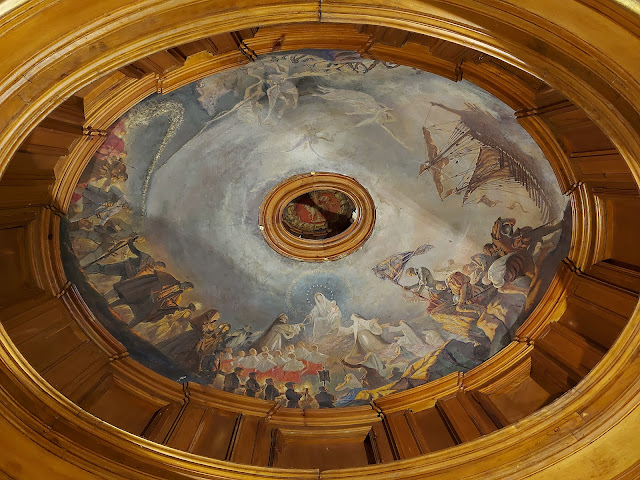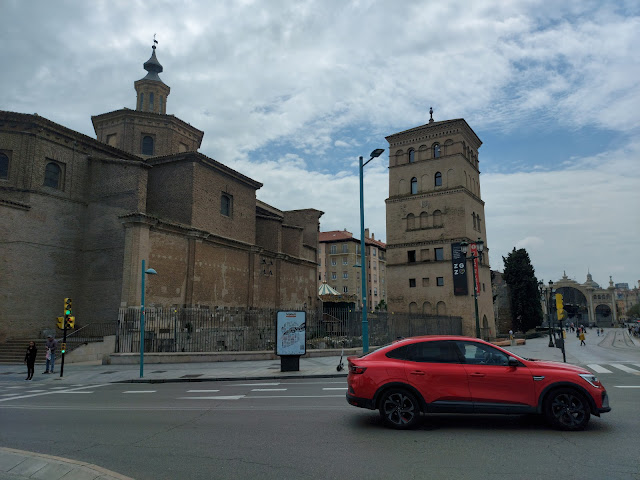 |
| The Royal Abbey of Santa Maria de Poblet was founded in 1151. |
 |
| Monks from France founded the monastery in southern Catalonia. |
 |
| In 1137 the marriage of Ramon Berenguer IV and Petronilla of Aragon unified the County of Barcelona with the Kingdom of Aragon to form the Crown of Aragon. |
 |
| Numerous kings and queens are buried at Poblet Monastery. |
 |
| The first buried there was King Alfonso II in 1196, who conquered Provence for Crown of Aragon until its loss due to the Battle of Muret during the Albigensian Crusade. |
 |
| The next was King James I in 1276, who expanded the the Crown of Aragon to the Balearic Islands and Valencia. |
 |
| Peter IV was buried there in 1387. Not only did he rule Aragon, Sardinia, Corsica, Barcelona, and Valencia, but later Athens and Neopatria. |
 |
| King Alfonso V was buried in Poblet in 1458. He acquired the crown of Naples for the House of Transtamara and funded Skanderbeg's war against the Ottomans in Albania. |
 |
| John II was the last king of independent Aragon, the father of Ferdinand II, and the last King of Aragon to be buried at Poblet Monastery. |
 |
| The monastery was closed in 1835 when Isabella II confiscated numerous properties from the Catholic Church during the Carlist Wars. |
 |
| The monastery was not repaired until the 1940s. |
 |
| A little more than 30 monks from the Cistercian Congregation now live at the monastery. |
 |
| The monastery became a UNESCO site in 1991. |
 |
| Poblet Monastery, despite its beauty and historical significance, doesn't seem to get too many visitors. |
 |
| Grave stone from the 13th and 14th centuries |
 |
| Use the handrail at your own risk. |






























































